What is the difference between fonts and typefaces? This is perhaps one of the most common questions we get asked here at Pivoted Pixel. But the answer isn’t as straightforward as you may think.
The short answer is that a font is a set of letters and symbols, while a typeface is the design of those characters.
But then again, there are many different kinds of fonts and typefaces out there. So in this article, we’ll go into more detail about what makes each one unique.
In fact, there are many different ways to define a font and a typeface, each with its own set of criteria. Let’s examine some of these definitions.
What is a Font?
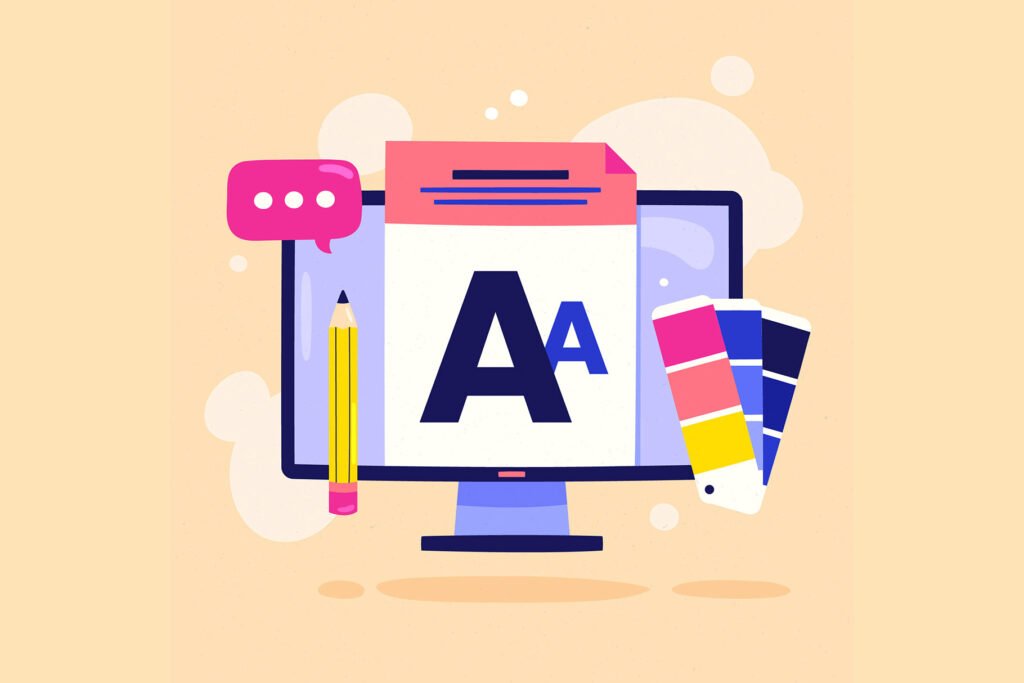
A font is a set of letters, numbers, and symbols. It’s used in digital printing, word processing, and graphic design. Designers use fonts to create logos, magazines, and books.
A typeface has its own distinct appearance which helps the reader understand a message better than other typefaces might do.
The most common type of font is a serif font. A serif is a small line at the end of each stroke in a letter or symbol. You can recognize them by their sharp, pointed ends and lines that look like they have been carved into the wood.
Serif fonts are used for print and digital media because they are easier to read. They also have a more formal appearance than sans-serif fonts.
Sans-serif typefaces have little or no lines at the ends of their strokes, making them look simpler and cleaner than serifs.
See also, 15 Best Professional Fonts for Designers (Expert Curation)
What is a Typeface?
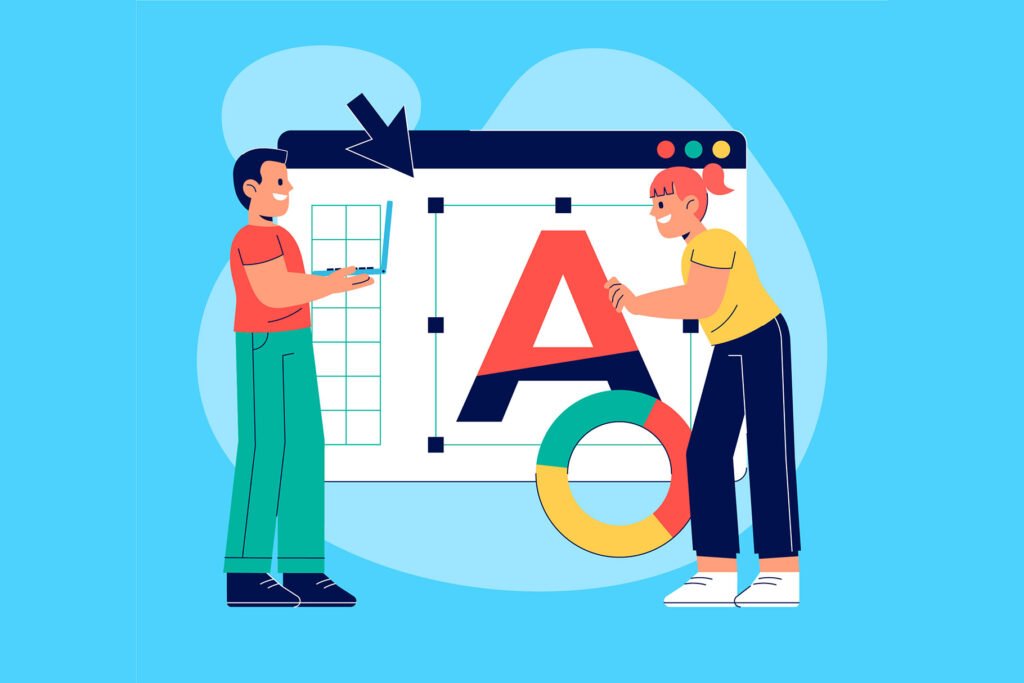
A typeface is a set of letters, numbers, and symbols that have been designed to be used together. A typeface is usually made up of several different fonts.
For example, Helvetica Neue Bold Italic is one font but it’s actually part of the Helvetica Neue family of fonts (which includes Regular, Light, Bold, and other variations).
A typeface can be used for both print and digital materials such as documents or websites but some styles look better on screen than others.
There are also different kinds of usage depending on what you want your project to communicate–for example if you want something formal then Times New Roman might be better suited than Comic Sans MS!
The quality of a typeface is also important, and it can be hard to judge just by looking at it. Some fonts are designed to look beautiful on the page while others are specifically meant to be used in certain contexts.
For example, you wouldn’t want to use Comic Sans MS for an official business letter because it doesn’t communicate the right tone–you’d probably be better off with something more traditional like Times New Roman or Century Gothic instead
Difference Between Font and Typeface
Fonts are the digital representation of a typeface. They display text on a screen or paper. A font is a collection of characters that share similar characteristics, such as weight, width, and style.
Typefaces are the design of these characters (such as italicized or bolded). They can be used in different ways depending on what you want to do with them: matching the layout of text to the design, setting headlines apart from body copy, etcetera–but they won’t actually change how something looks when it’s printed out!
The difference between fonts and typefaces is that the former is a digital representation of a design, while the latter is the design itself.
A font is what you use to display text on a screen or print; it’s essentially what we call “digital ink.” Typeface, on the other hand, refers to the design of these characters (such as italicized or bolded).
A typeface is the design of a specific set of characters (such as italicized or bolded), while a font is what you use to display text on a screen or print.
Why do Fonts Matter?
Fonts are the most important part of a website. They can make your site look more professional, modern, and fresh. Fonts should also be chosen carefully to match the design you want for your website.
Fonts help create an overall feeling or mood for your page which can be used to emphasize certain parts of the content (for example: using bolder fonts for headings).
Fonts are also important because they give users an idea about how trustworthy and reliable you are as a company; this is especially true if you’re looking for customers who want to do business with you over the internet rather than face-to-face in person where personal impressions count more than anything else!
Fonts should be chosen carefully to match the design you want for your website. Fonts help create an overall feeling or mood for your page which can be used to emphasize certain parts of the content (for example: using bolder fonts for headings).
Fonts are also important because they give users an idea about how trustworthy and reliable you are as a company; this is especially true if you’re looking for customers who want to do business with you over the internet rather than face-to-face in person where personal impressions count more than anything else!
Why does Typeface Matter?
Typeface is a very important part of a document. It can be used to convey the tone of a document, or even your mood.
For example, if you’re writing an angry email, it might be best to use an angry typeface like Impact or Brush Script Std.
Typefaces can also be used to convey messages and feelings in addition to conveying their actual meaning. If you want readers’ attention or sympathy for something in particular, then using an emotional typeface would be ideal for this purpose as well!
The best way to find the right typeface is to try out a few different options. Try going through a list of your favorite movie posters and see which typefaces they use or which ones look similar.
Then choose one that you think would work well with what you’re writing. You can also ask friends for their opinions on what works best for them!
It’s important to note that you shouldn’t use too many different typefaces in one document. If you do, it can be confusing for readers and make them lose interest. Try using just one or two emotional typefaces per document instead!
Check out 12 Typography Books That Will Make You A Better Designer
Similarities between a font and a typeface
Font and typeface are two terms that are often used interchangeably, but they’re actually different. A font is comprised of a specific size, style, and weight of a typeface.
For example, Helvetica Bold 12pt is a font while Helvetica is the entire family of fonts (with many other variations).
A typeface refers to all the characters in a specific alphabet that share common design features. The Roman alphabet has several different typefaces: Times New Roman, Courier New and Arial are just a few examples of popular ones used today!
There are several different kinds of fonts, each with its own specific uses. Serif fonts are used for print and screen reading; sans serif fonts are typically used for headlines and advertisements; script fonts look like handwriting and can be difficult to read at large sizes; display or decorative fonts have a lot of flairs but may be distracting in large blocks of text.
Examples of Fonts
Here are some examples of fonts you may see in your everyday life.
New York Font
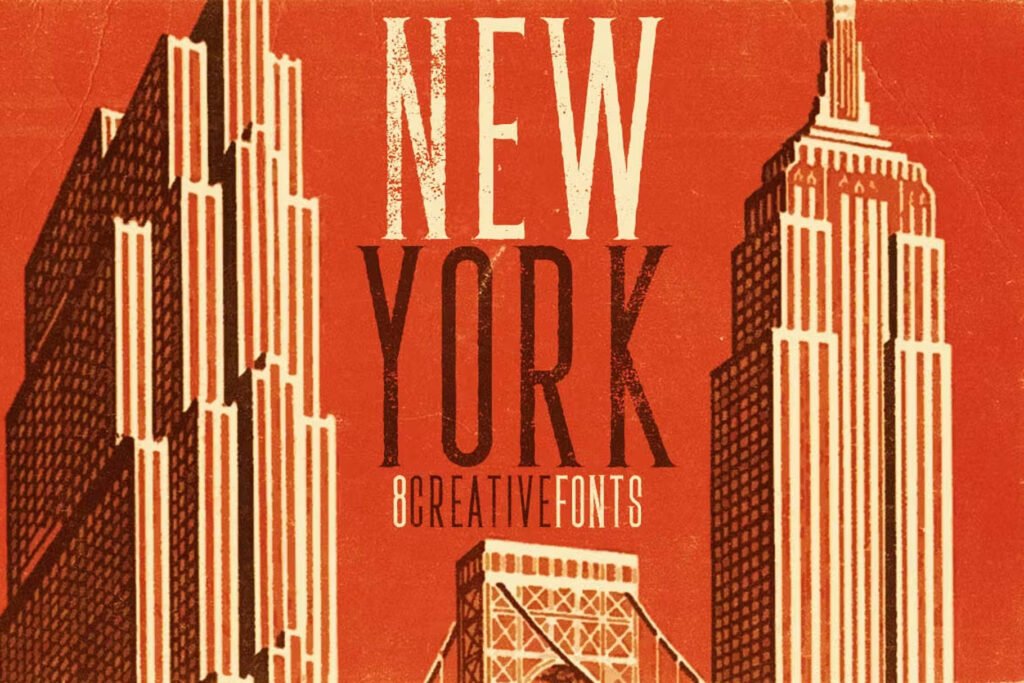
Tomony Font
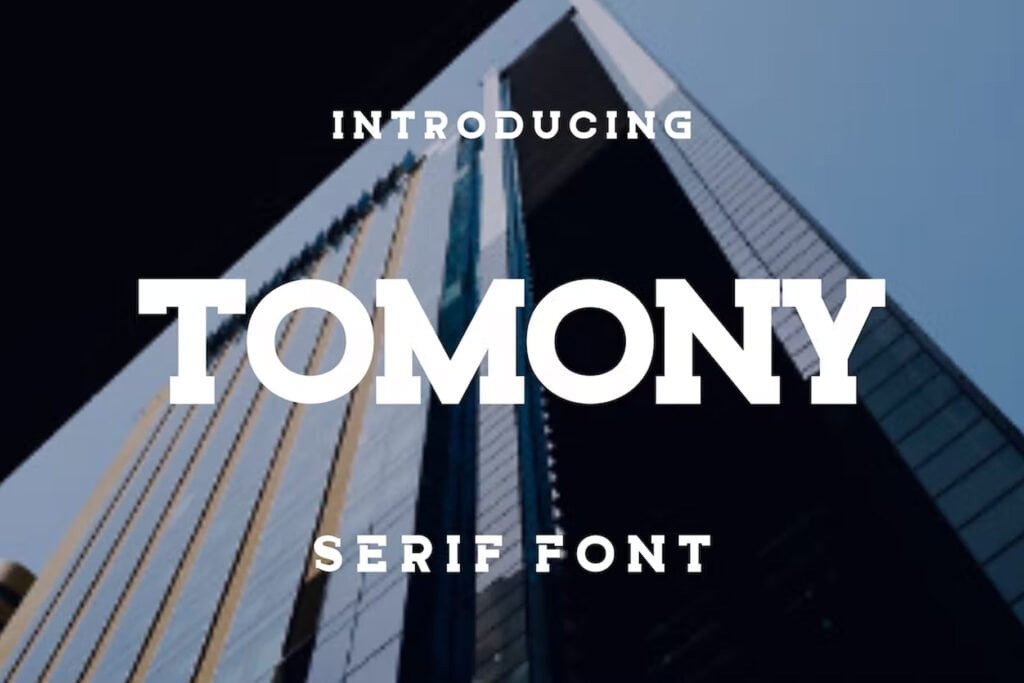
Beyulian Font
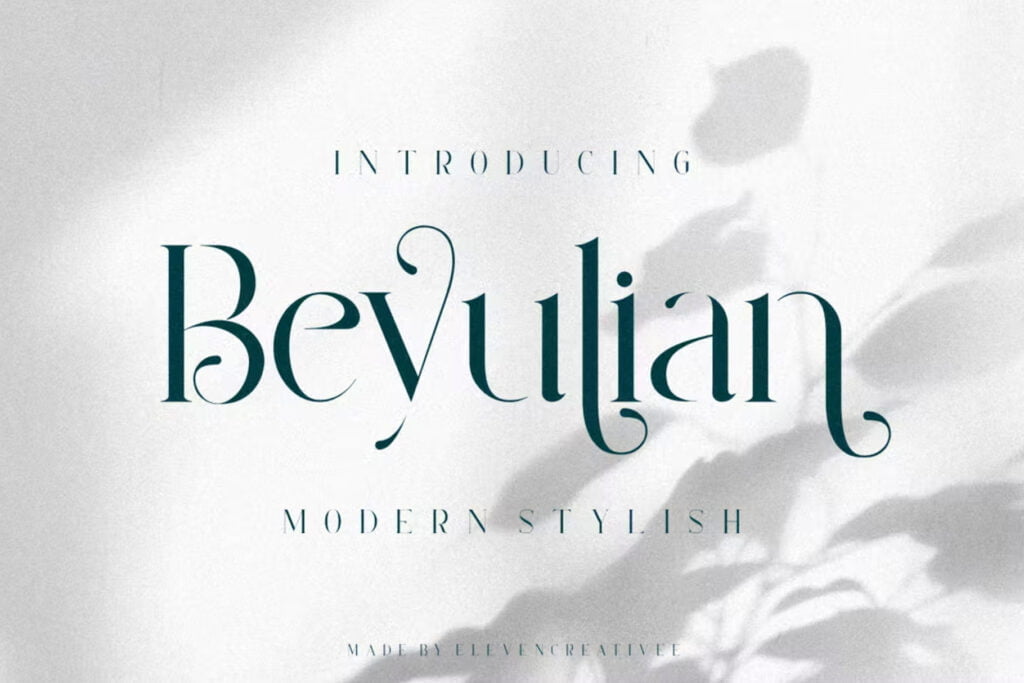
Example of Typeface
Here are some examples of typefaces you may see in your everyday life.
Borest Typeface
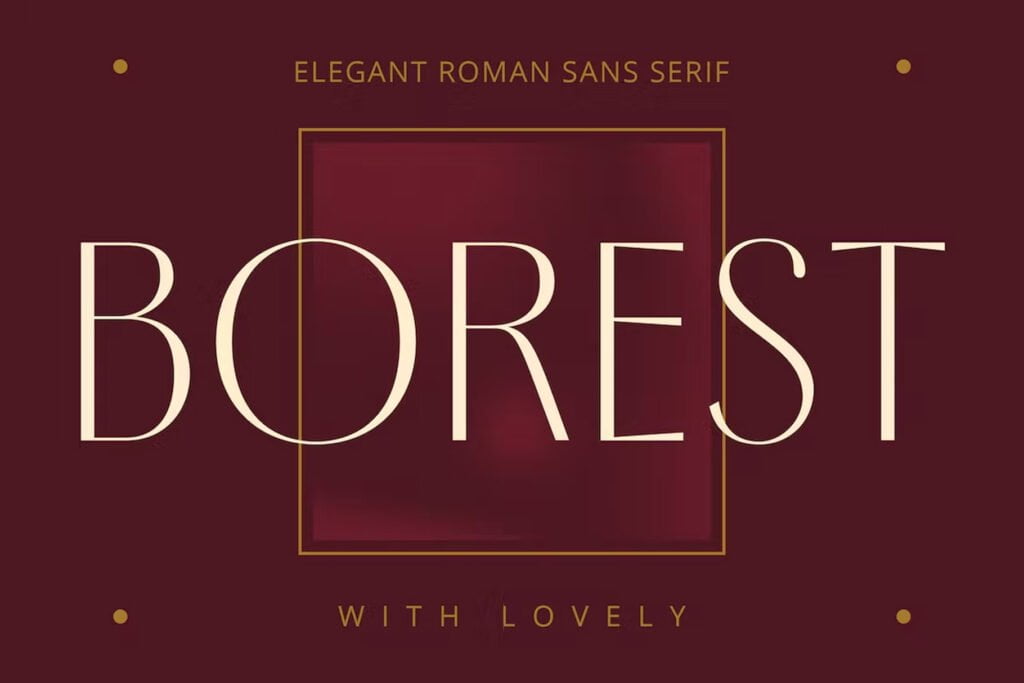
VEQAY Typeface
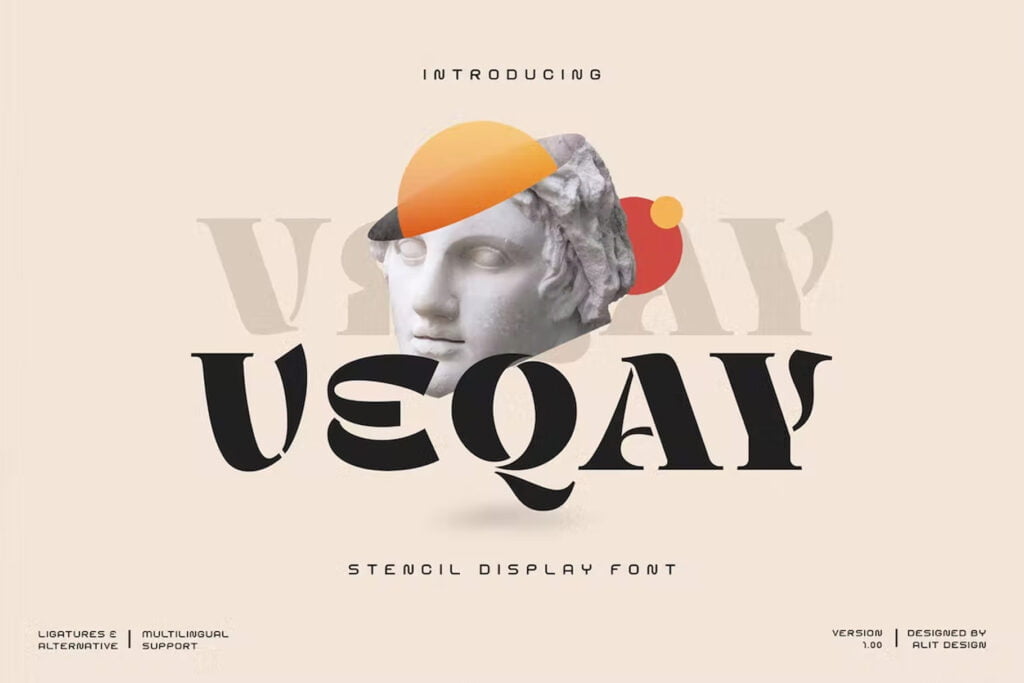
Kronaby Typeface
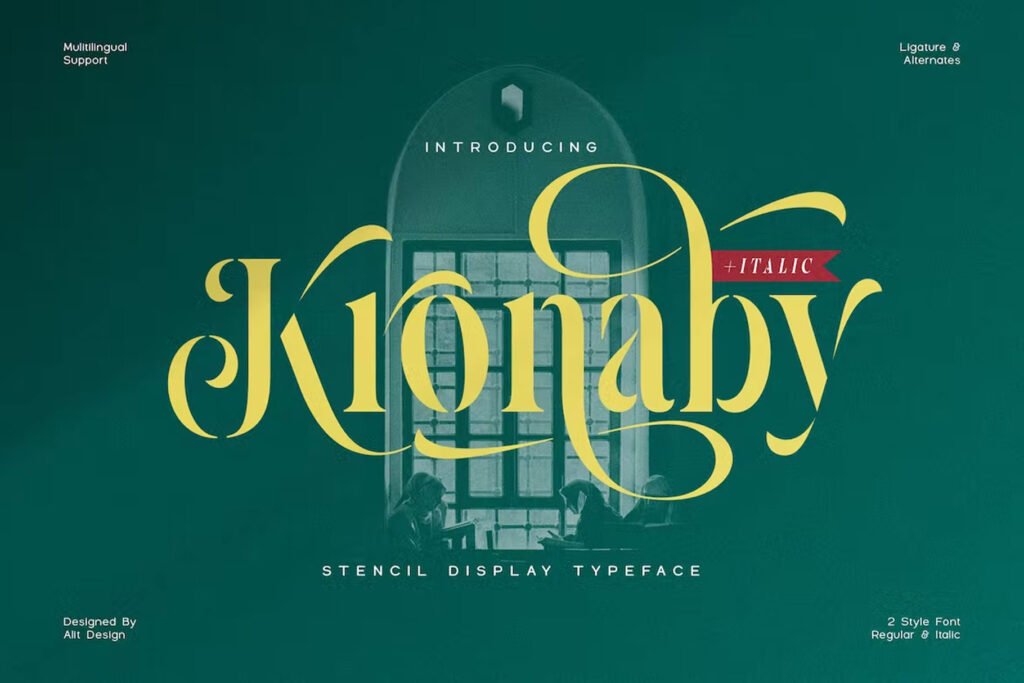
Conclusion
In conclusion, the difference between font and typeface is that a font is a specific style of lettering used in printing while a typeface refers to all the styles (bold, italic, etc.) of one particular family.
The main reason why we should care about this distinction is that it helps us understand what we’re looking at when we see text on the internet or in books.
Recommended reading: 7 Essential Elements of Typography Every Designer Must Know About
FAQs
What is font vs typeface vs type family?
A font is a file that contains the information needed to display a certain typeface. A typeface is a set of glyphs (letters, numbers, and symbols) that share common design features. A type family is a group of fonts that share design characteristics but vary in weight (boldness), width, and other details.
What are the two main types of typefaces or fonts?
There are two main types of typefaces: serif and sans-serif. Serifs are the decorative strokes at the ends of a character’s lines, while sans-serif fonts have no serifs.
How many typefaces are there?
There are thousands of typefaces in existence, but there are only a handful that are professionally designed and can be hired to use in marketing materials, retail stores, and the web.
3 thoughts on “Difference Between Font and Typeface (The Ultimate Guide)”